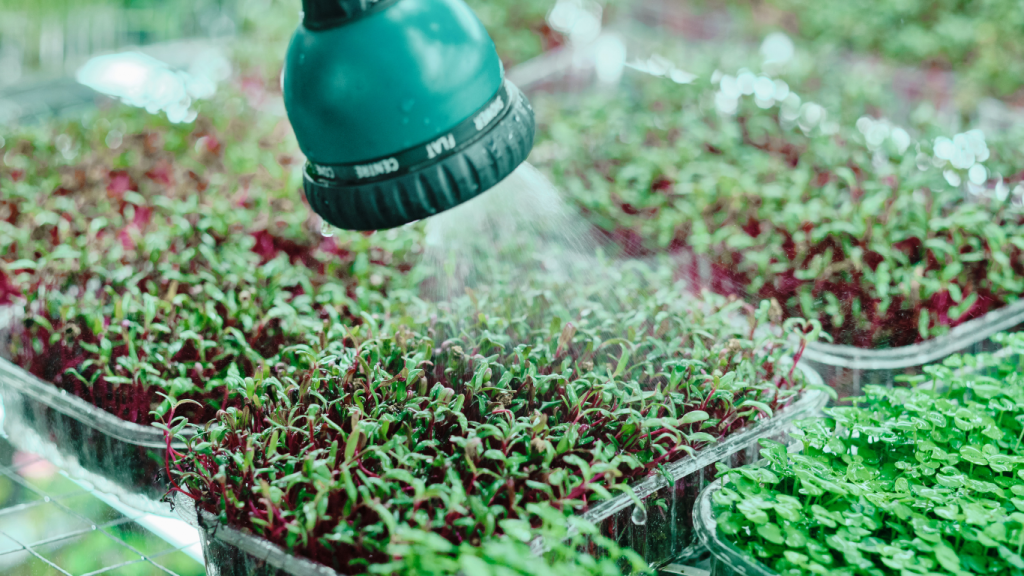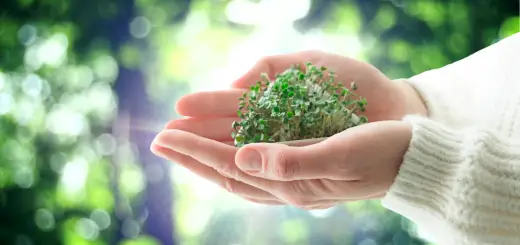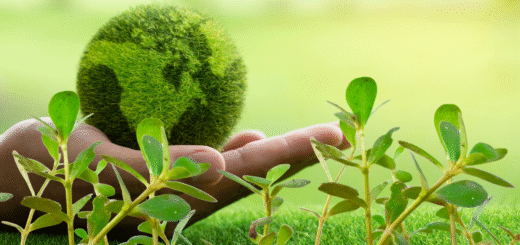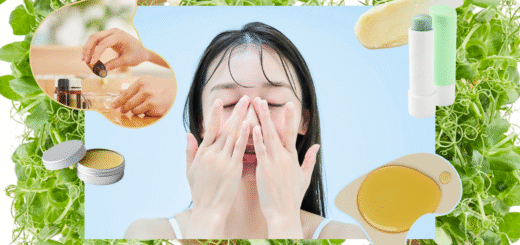Microgreens: the future of urban agriculture and superfoods. Part II A Post-Harvest Guide.

Welcome back, microgreen enthusiasts! In our previous article, we explored how these tiny powerhouses are becoming a key part of the solution to global food security challenges. Today, we’re diving into a crucial topic for every home grower and urban farmer: post-harvest management. This is the science of keeping your microgreens vibrant, nutritious, and delicious from the moment they are harvested until they hit your plate.
The Challenge of Perishability
By their very nature, microgreens are highly perishable. Their delicate leaves and high moisture content make them susceptible to rapid spoilage, dehydration, and nutrient loss after harvesting. This short shelf-life is one of the main hurdles in their widespread commercial adoption. To overcome this, innovative post-harvest techniques are essential to maintain their vibrant color, crisp texture, and potent nutritional value.
Have you ever noticed how some greens wilt almost immediately after you buy them? The way they’re grown and handled before you even see them plays a huge role in that.
Pre-Harvest Factors That Influence Quality
Before we even get to harvesting, the way microgreens are grown significantly impacts their post-harvest quality. The growing environment, including light intensity, temperature, and nutrient solutions, directly influences their cellular structure and chemical composition. A controlled environment with optimal light and temperature, for example, can produce sturdier plants with a higher concentration of beneficial compounds, making them more resilient after being harvested.
Post-Harvest Techniques for Extended Shelf-Life
Once the microgreens are ready to be harvested, a few key strategies can be employed to maximize their freshness.
1. The Right Harvest Time
Timing is everything. Harvesting microgreens at the peak of their nutritional content, which is usually when the cotyledon leaves are fully developed and the first true leaves are just emerging, is crucial. Early morning harvests are often preferred as the plants are at their most turgid (full of water), reducing the risk of wilting.
2. Gentle Handling and Packaging
Microgreens are incredibly delicate. Rough handling can bruise the leaves, leading to faster decay. Using sharp scissors or a knife to cut them cleanly just above the soil line minimizes damage. After harvesting, they should be handled with care and packed in containers that allow for proper air circulation while protecting them from physical damage.
3. The Importance of Temperature Control
This is arguably the most critical factor. Microgreens must be cooled down as quickly as possible after harvesting to slow down their metabolic processes. This process, known as pre-cooling, drastically reduces respiration and microbial growth. Storing them in a refrigerated environment (ideally between 34-40°F or 1-4°C) throughout the supply chain is vital.
4. Modified Atmosphere Packaging (MAP) MAP involves altering the gas composition inside the packaging to create an environment that slows down spoilage. By adjusting the levels of oxygen, carbon dioxide, and nitrogen, MAP can significantly extend the shelf-life of microgreens.
The Role of Light: A New Frontier in Freshness
Beyond temperature and packaging, research is showing that specific light treatments can also extend the freshness and enhance the quality of microgreens.
Post-Harvest LED and UV Light
Did you know that light can do more than just help plants grow? It can also help them stay fresh. Studies have demonstrated that exposing microgreens to LED light after harvest can help them retain their nutritional value. For example, continuous exposure to blue or a mixed red and blue LED light during storage can keep chlorophyll levels stable and even increase the concentration of antioxidants.
Similarly, post-harvest UV light, particularly UV-B and UV-C, has shown great promise. These treatments can reduce microbial load, a major cause of spoilage, and increase the content of beneficial compounds such as glucosinolates. This happens because UV light, even in small doses, acts as a stressor, prompting the plant’s defense mechanisms to produce protective metabolites. While highly effective, care must be taken with the duration of exposure, as excessive UV light can cause damage to the delicate leaves.
In summary, microgreens are not only a superfood but also a viable solution for urban agriculture. By understanding and implementing advanced pre- and post-harvest techniques, we can ensure these nutritious plants remain fresh and accessible, bringing the benefits of urban farming directly to the consumer.
Have these insights changed the way you think about microgreens? What post-harvest tip are you most excited to try? Let us know!
Sources:
Daria Barańska, Jacek Panek, Sylwia Różalska, Katarzyna Turnau, Magdalena Frąc
“Microgreens as the future of urban horticulture and superfoods, supported by post-harvest innovations for shelf-life increase: a review”. Link: https://www.sciencedirect.com/science/article/pii/S0304423825003528
Karolina







